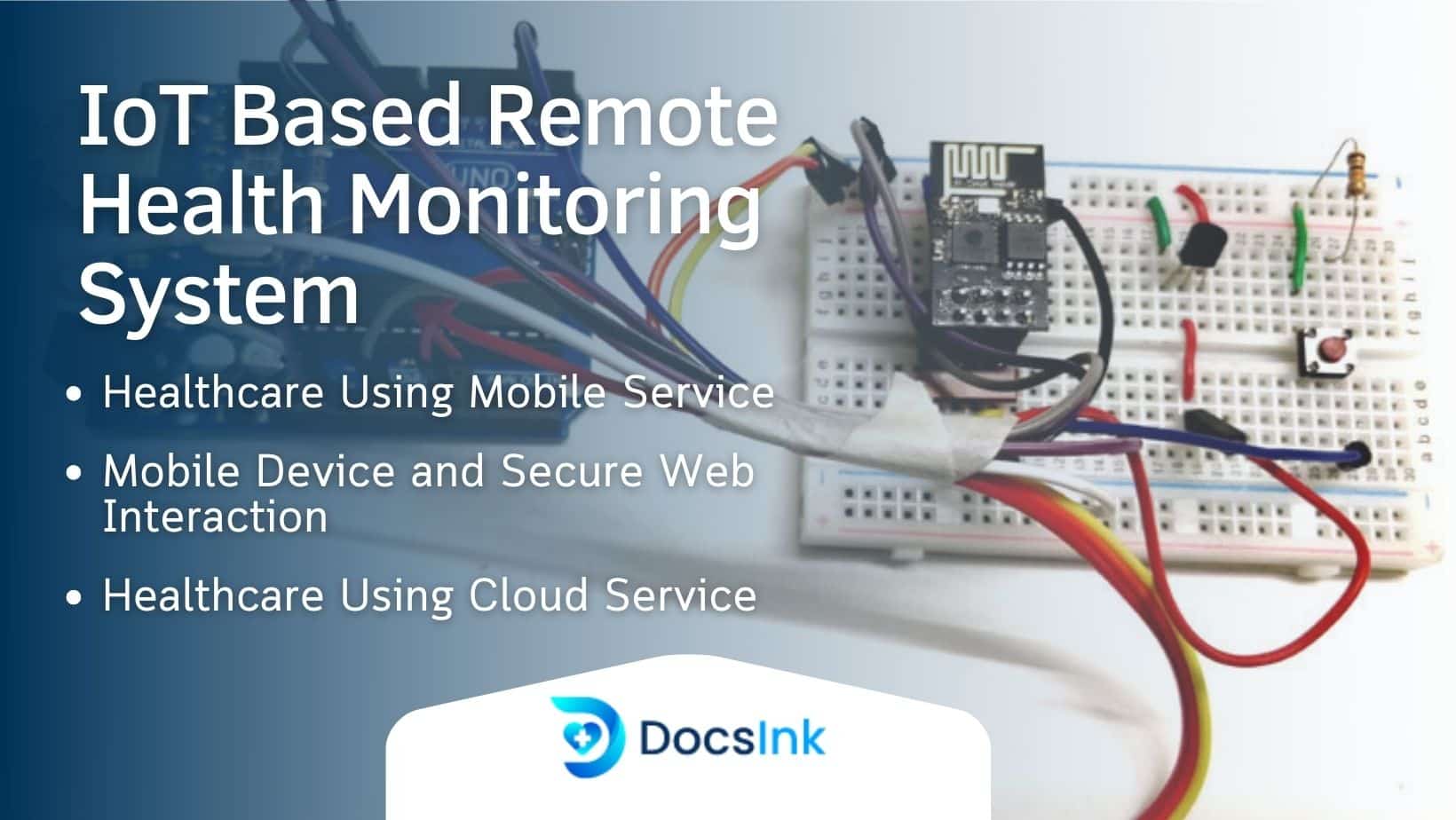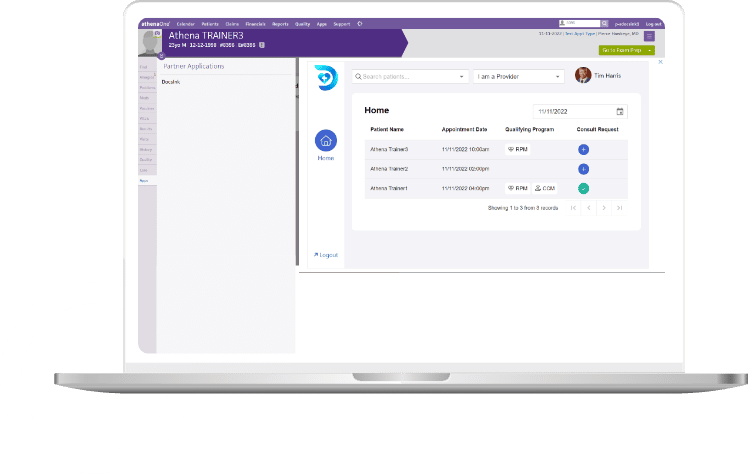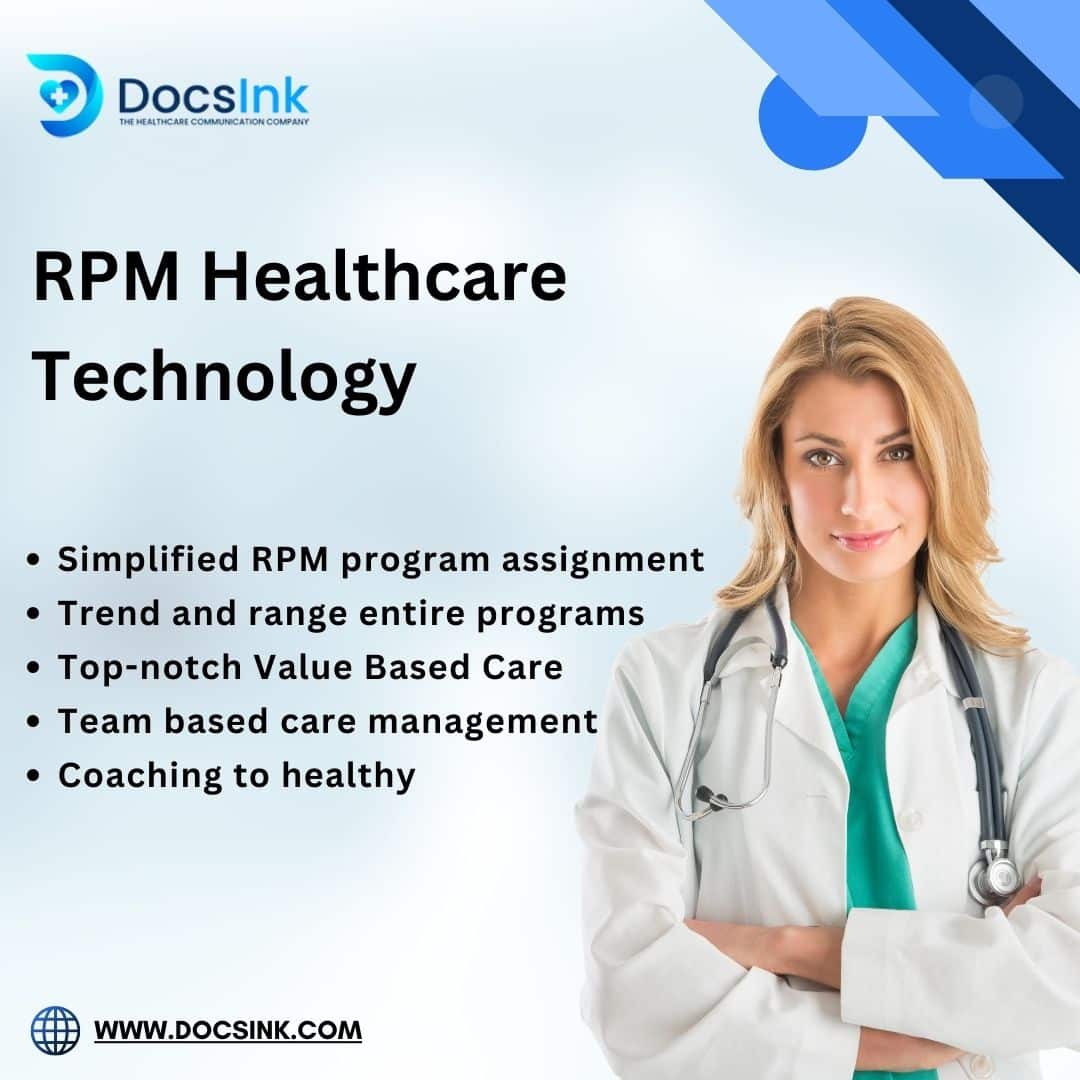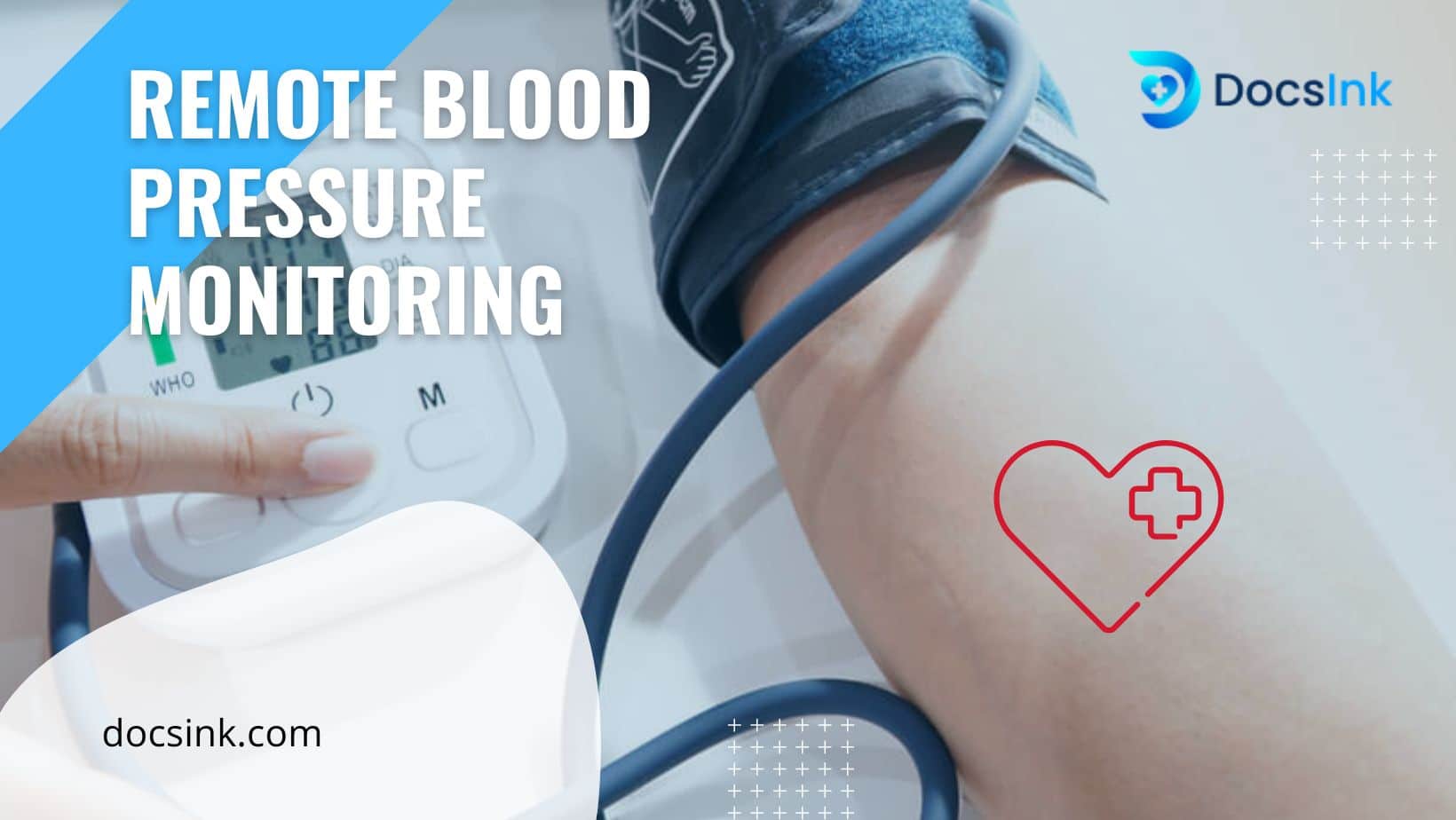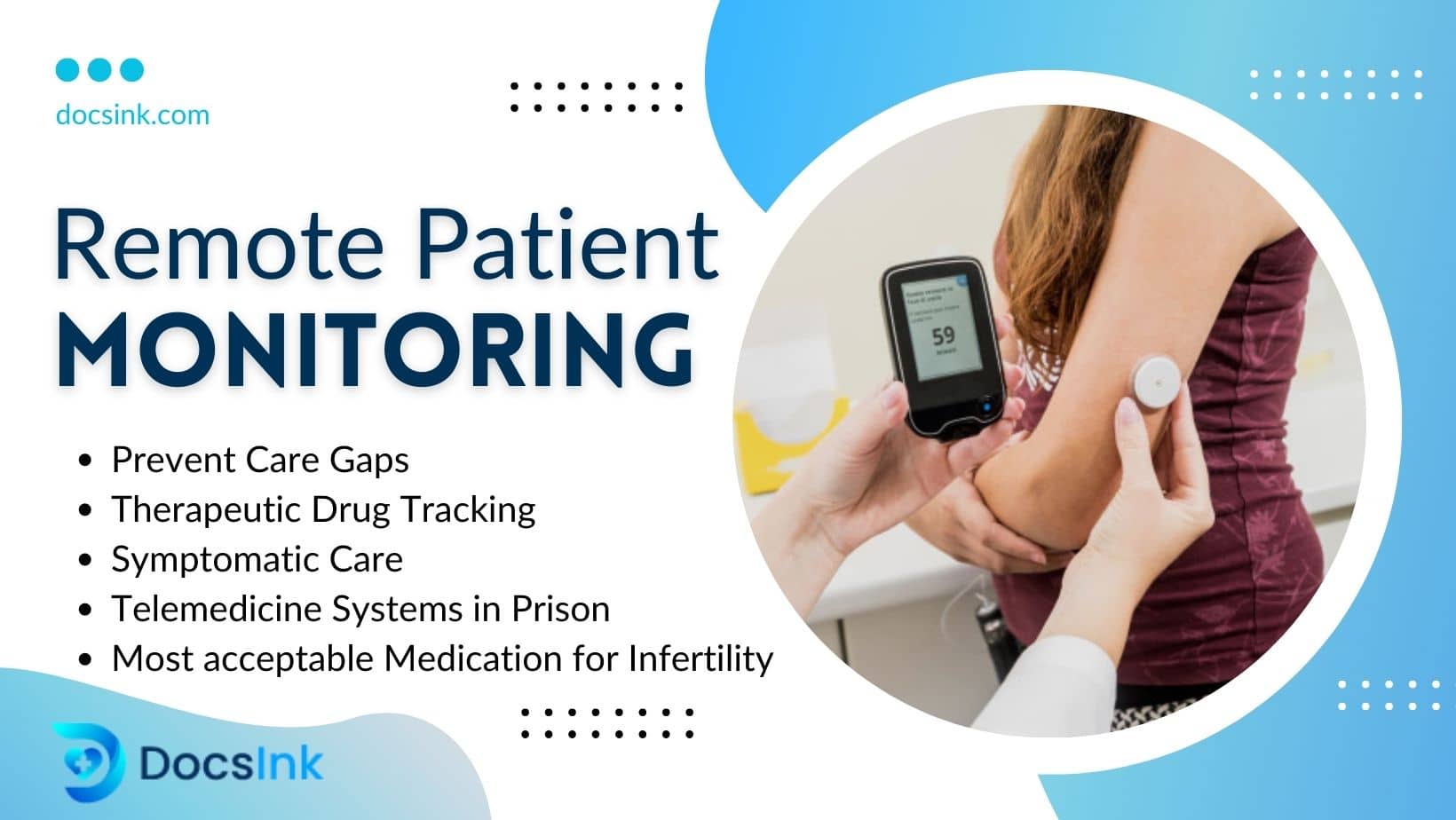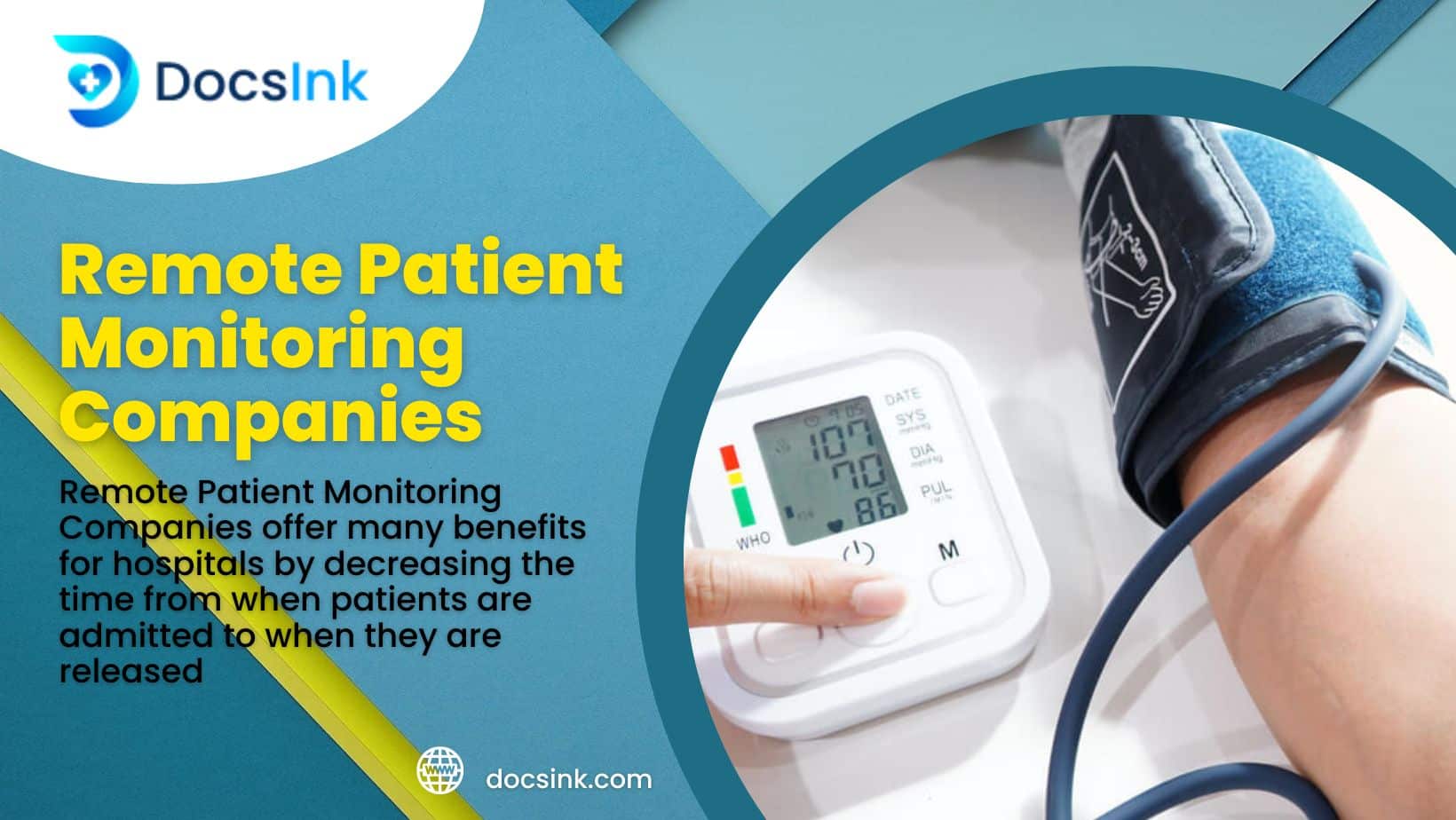Health is always a top priority in every technological development the human race makes. A recent coronavirus outbreak that partially destroyed economic growth serves as an illustration of how vital health care has grown to be. It is always a better option to monitor these individuals using remote health monitoring technologies in such locations where the disease is widespread. The current remedy for it is an IoT-based remote health monitoring systems.
IoT for Healthcare Services
- Healthcare Using Mobile Service: Mobile phones are rapidly evolving in the delivery of healthcare services. The solution primarily relies on long-term health monitoring in real-time to meet the demands of assisted living facilities and healthcare information providers. As a result, integrating mobile devices into the mobile healthcare system emphasizes several crucial components.
- Mobile Device and Secure Web Interaction: Wireless data transmission is used in the system since it is present in many smart devices, including mobile tablet computers, laptops, desktop computers, and even smart TVs. Communication between Mobile Devices and Web Server From a theoretical standpoint, Bluetooth is an open wireless system that operates in the 2.4 GHz band and is intended for a medium data throughput that often averages 2 Mbps.
- Healthcare Using Cloud Service: Accessibility to the healthcare monitoring system is feasible from any location using a healthcare cloud computing technology. The mobile device shows the ECG readings in real-time. A Web-based cloud computing system is integrated with the healthcare service to guarantee a seamless and ongoing health monitoring system.
The data in one central location rather than being distributed apart in different places provide higher feasibility and data security. Since it is an ethical requirement to protect the critical medical data of individuals’ biosignals. In IoT-based architectural design, the data monitored for all the patients will be stored in one centralized location, separated through a unique identifier to identify the data for different individuals.
It will be simple to query the database and carry out data analysis using the combined data because all the data are kept in one location. Below are the benefits of centralized IoT-based remote health monitoring systems:
i. It is simple to enter the data into the server.
ii. The space used for data storage in the cloud is used efficiently.
iii. All pertinent information is kept in one place.
iv. Redundant data is not used.
v. All users receive the same level of service.
vii. Compared to a decentralized system, data security has improved
Conclusion
These days, the Internet of things is viewed as a viable, workable alternative for any remote value tracking, particularly in healthcare monitoring. It makes it easier for people to have their financial data secured in the cloud, have fewer hospital visits for standard checkups, and most importantly, have access to remote diagnosis of diseases by any doctor. Using a health monitoring system kept track of the user’s body temperature, pulse rate, and the temperature and humidity of the room. The data was also shown on a display of the device.
A medical server receives the sensor data after it has been wirelessly transferred. The data is then received using a mobile smartphone with an IoT-based remote health monitoring system. The clinician then determines the patient’s condition and the disease based on the values obtained. Contact Us !!
